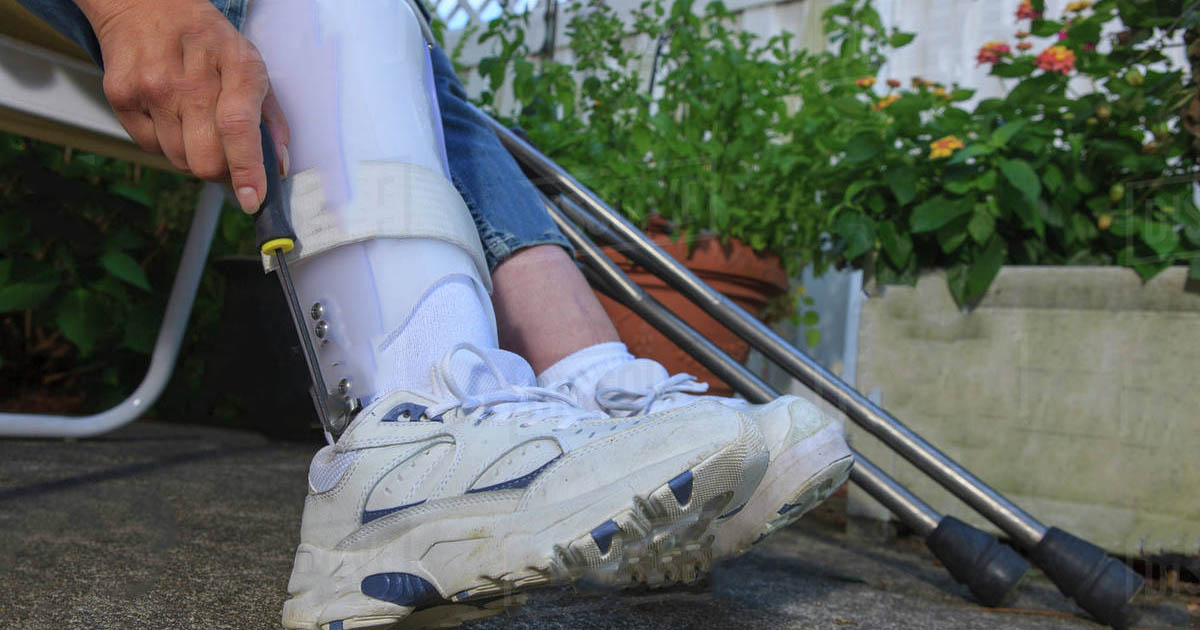How To Treat Spina Bifida
Spina bifida is a congenital disorder resulting from the improper formation of the spinal cord and spine during the embryonic stages of development. It's a neural tube congenital disability that occurs soon after conception. The neural tube is the beginnings of a baby's brain, spinal cord, and spine. In spina bifida, a part of the neural tube does not develop correctly, and an opening is left in the spinal column. The spinal bones, cord, and nerves can sustain damage because of the exposed area of the neural tube. The spinal cord and membranes will eventually push through this opening, and a sac will form over the material. The causes of spina bifida are unknown, but risk factors include heredity and low folic acid intake. Learn about the various treatment options for spina bifida now.
Prenatal Surgery

Prenatal or fetal surgery can be performed to correct some of the damage caused by spina bifida. This type of surgery is done before the pregnancy progresses to twenty-six weeks. Some cases may be treated in this manner to lessen the risk of further damage after the birth of the baby. In addition, the risk of hydrocephalus may also be reduced by fetal surgery. Hydrocephalus is a condition that affects approximately ninety percent of spina bifida patients. Cerebrospinal fluid is produced in the brain to protect the organ and remove waste, and the damage caused by spina bifida creates a blockage of this fluid. It accumulates in the brain and creates pressure, which can lead to permanent damage to brain tissue. It's imperative to discuss the benefits and risks of fetal surgery with the appropriate healthcare professionals. The specialized surgery should only be performed by very experienced experts at a fully equipped health care facility.
Keep reading to learn about more options for treating spina bifida.
Surgery After Birth

Surgery to repair the spine can also be done within twelve to twenty-four hours after birth. The sac that forms from nerves and membranes pushing through the opening in the spine can lead to serious infections, so surgery after birth is performed to prevent further damage. The surgery drains a portion of the excess fluid from the sac and places the spinal cord and various tissues back into the proper location. The gap is then closed and sealed with skin and muscle. The operation will fix the defect, but it can't repair existing nerve damage. Bone development issues such as dislocated joints or scoliosis can appear later in life and require further surgical procedures.
Get to know more treatments for spina bifida now.
Therapies

Therapies for spina bifida patients include occupational therapy, physiotherapy, physical therapy, or the use of specialized software to address learning difficulties. Occupational therapy helps patients to become more self-reliant and independent by teaching patients effective and efficient ways of performing everyday tasks like personal grooming or using the bathroom. Equipment can be used during occupational therapy to assist patients with certain tasks. This therapy can also have a positive effect on patients' self-esteem.
Physical therapy helps patients by using various exercises to strengthen the muscles in their lower limbs, thereby aiding their self-sufficiency. Physiotherapy is similar to physical therapy in that daily exercises are performed to maintain leg strength, but this type of therapy also utilizes methods like heat treatments and massage to prevent deformity and keep leg muscles limber and strong.
Learn about the next treatment for spina bifida now.
Devices That Help With Walking

Spina bifida can cause muscle weakness or paralysis, so many patients may need to use devices that help with walking. Some exercises can help to get patients' legs ready for walking aids later in life. These exercises can be performed from infancy, and they ready patients to walk with crutches or braces later in life. Patients with partial paralysis can benefit from splints, special leg braces, or other walking aids that provide support and aid in strengthening weak leg muscles. The extent of a patient's disability will determine the type of devices used. For example, a patient who is completely paralyzed in their lower limbs will require a wheelchair to achieve mobility. Although manual wheelchairs require much more physical effort than electric versions, it's worth it to maintain muscle tone and strength in the upper body. The combination of these devices with a regimen of physical therapy can vastly improve mobility and independence for spina bifida patients.